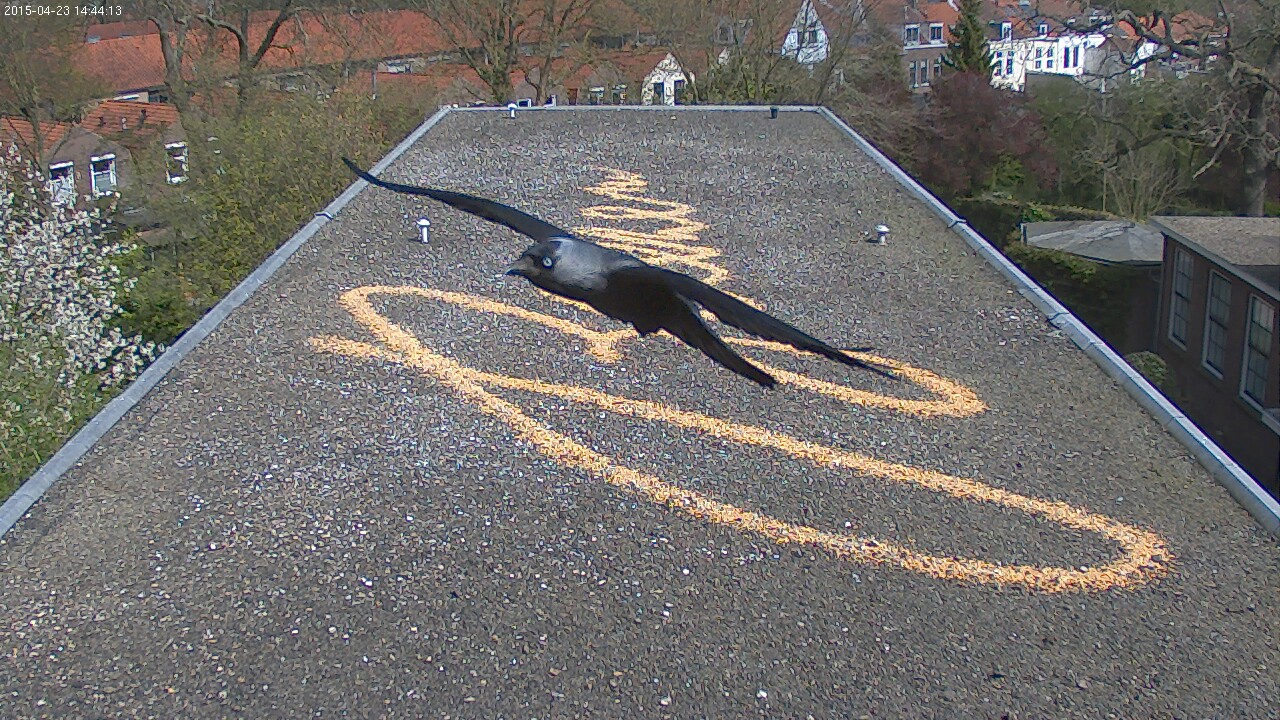The Stendhal Syndrome – In Search of an Archetypal Image of Beauty
Marinus Boezem, Natasja Boezem
Performance, Installation, Video/Film
2002–2015

Stendhal Syndrome is a psychosomatic phenomenon that occurs when someone is overwhelmed by the beauty of art. A common symptom is the temporary loss of vision followed by loss of consciousness: the intellect’s last-ditch attempt to escape from the beauty. Other physical symptoms include rapid heartbeat, dizziness and confusion. Extreme cases may be accompanied by forms of mania, hallucinations and other psychotic phenomena.
The affliction is named after the nineteenth-century French writer Stendhal, who experienced the symptoms when he viewed Giotto’s frescos in the Basilica of Santa Croce in Florence. He described in detail how he was overwhelmed by the beauty of Florence during his visit there in 1817. There are many recorded cases of tourists fainting or becoming unwell in response to artworks in Florence, especially in the Uffizi Museum and the Basilica of Santa Croce.
The choice for this subject stems from a common experience of Marinus Boezem, his wife Maria-Rosa and their daughter Natasja. During a visit to Florence they were fascinated by the abundance of beauty and decided to explore this theme in greater depth. This led to further study trips during which, in 2002, they filmed an interview with professor Graziella Magherini, the Florentine psychiatrist who first described and named the Stendhal Syndrome. They also filmed in the Hospital of Santa Maria Novella, where Magherini worked, and conducted interviews with the ambulance staff who had carried patients suffering from the syndrome.
Marinus and Natasja Boezem realised that during earlier visits to Florence they had sought concrete images and sounds that could bring them closer to the phenomenon of beauty and its mirror image. Beauty that transcends national, cultural and religious borders.The archetypal image in which everyone experiences beauty as a positive metaphor. They also noticed people’s interactions with babies and infants, picking them up and laying them down and the babies’ responses: gurgling or crying. The artists saw these interactions as a gracious choreography of moving clichés.
Marinus and Natasja Boezem represent two generations of artists. From a young age Natasja has been involved in the creation of her father’s work, both in terms of content and in practical terms. They have an ongoing dialogue about each other’s work.
During the opening there will be a performance in De Vleeshal. Twenty mothers and their babies will be positioned in front of the twenty niches in the side walls of the Gothic hall. They will use the niches to tend to their babies or to lay them down to sleep. The mothers and babies are separated from the public by the kind of cordon used in museums. The public will see the mothers doing what mothers normally do with their babies, such as rocking, kissing, feeding etc.
There is a red carpet on the floor. A transparent voile hangs in the space, gently animated by two electric fans. Still and moving images are projected onto the voile. Art-historical images from the Renaissance alternating with archetypal images of public spaces: Italian beaches, YouTube films, internet images. Simultaneously music by the contemporary Italian composer Giacinto Scelsi will be played from several loudspeakers, alternating with sounds of everyday life.
After the opening, the performance will remain as an afterimage in the form of photographs, video and sound. Each mother and baby will be photographed by Ivo Wennekes in front of their niche. After the opening these photographs will be printed on plexiglass and installed in the niches. They will have the appearance of contemporary icons.
The performance during the opening will be filmed by Tom Fassaert. The film will become part of the installation.

Marinus Boezem & Natasja Boezem, The Stendhal Syndrome – In Search of an Archetypal Image of Beauty (2002–2015). Video: Tom Fassaert
Commissioned for
